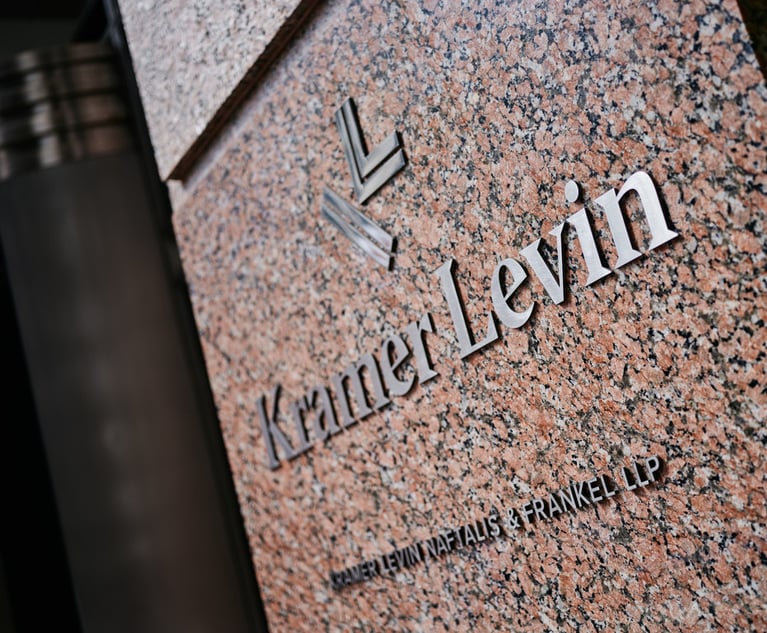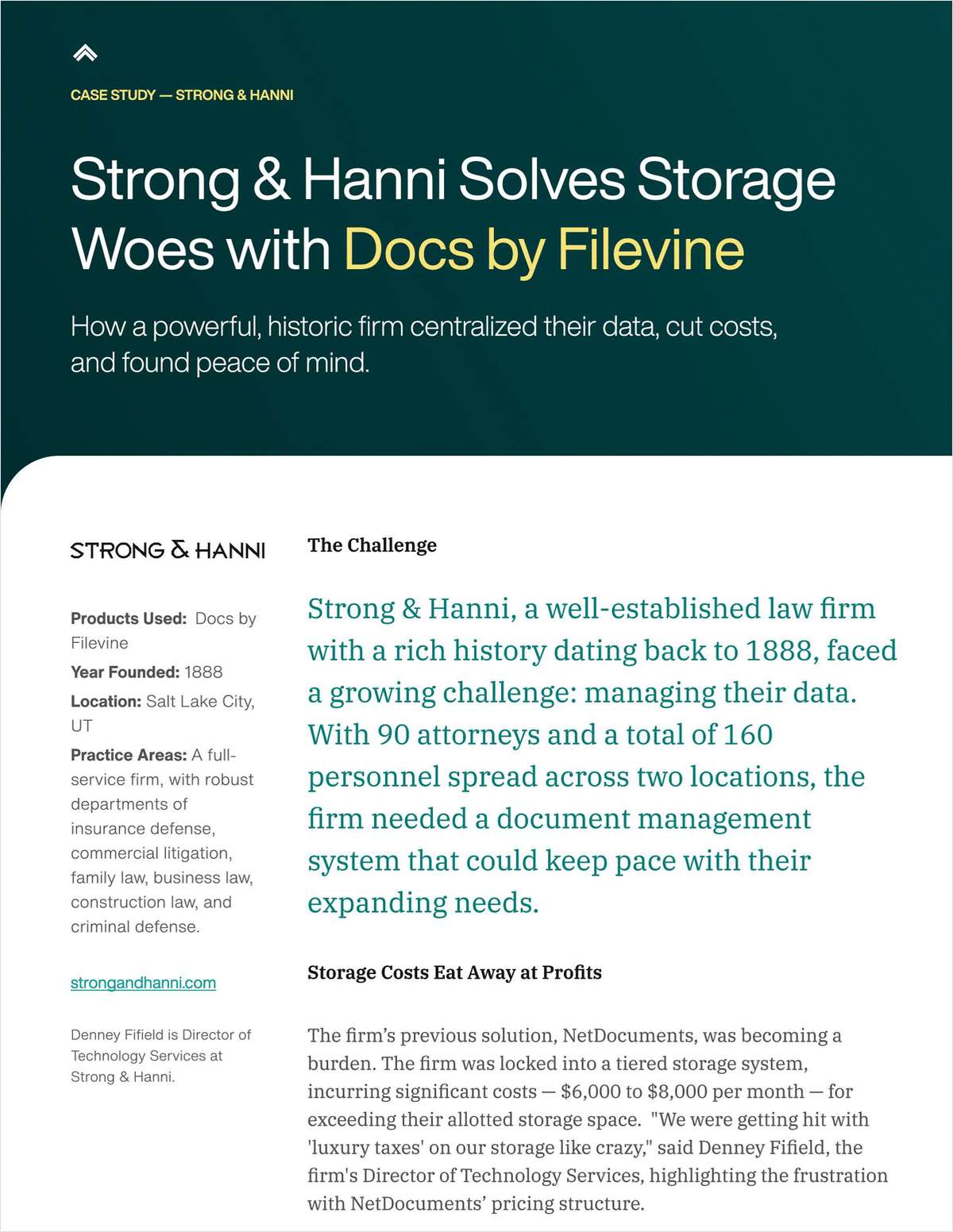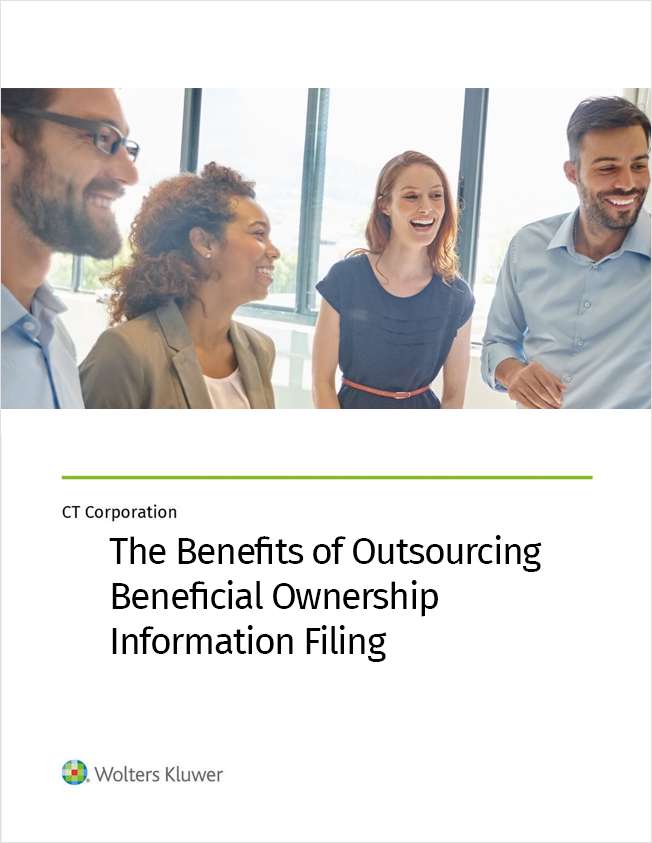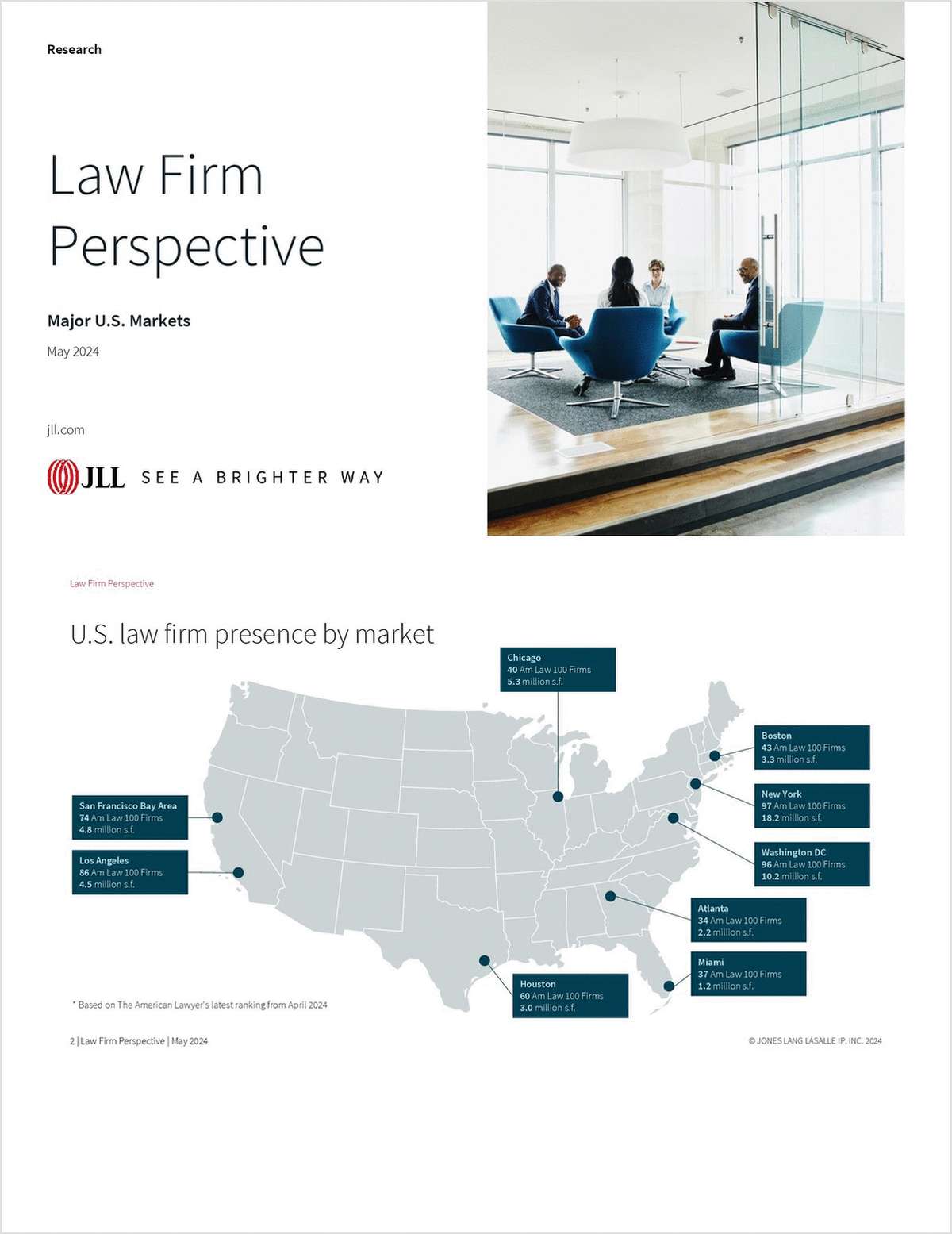 Photo Credit: Shutterstock
Photo Credit: ShutterstockThese Boutiques Aren't Hesitating to Match Milbank on Associate Pay
Several elite litigation boutiques are keeping pace with salary increases at Milbank and Cravath. One hints it's about to go even higher.
June 14, 2018 at 03:16 PM
6 minute read
For more business of law coverage exclusively geared toward midsize firms, sign up for a free trial of ALM's new weekly newsletter, The Mid-Market Report.
When Milbank, Tweed, Hadley & McCloy raised its associate salaries this month—and Cravath, Swaine & Moore upped the ante with bigger raises for senior associates—the big question was how many other Am Law 100 firms would follow suit.
Slowly at first, and in fits and starts, many of the usual (and most profitable) suspects have dutifully fallen in line. But some of the boldest action has come from the boutiques.
A number of elite boutiques have already reported matching Milbank's associate salary scale, or at least its starting salary of $190,000. New associates at Hueston Hennigan and Irell & Manella in Southern California; Chicago-based Barack Ferrazzano Kirschbaum & Nagelberg; and New York's Holwell Shuster & Goldberg, Kaplan & Co. and Selendy & Gay can now expect to make as much as their counterparts at Milbank or Cravath.
And at commercial litigation boutique Susman Godfrey, where associate salaries already start at $190,000 as of 2016, the topic of an additional raise is likely to be discussed at an upcoming partner meeting.
“If I were a betting man … discussion would not be about meeting the Milbank, Cravath scale. It'll be about surpassing it,” said Neal Manne, managing partner of Susman Godfrey, which has offices in Houston, Los Angeles, New York and Seattle.
Across the board, these firms said they only hire a limited number of associates each year. Like the top-paying firms in Big Law, they want to hire the cream of the crop. But compared to their larger counterparts, boutiques' smaller size and less complicated leadership structure allow them to take quick action and absorb the cost more easily.
Superstars, Not Armies
“We have so much to offer, but when people are coming out of law school or out of clerkship, they're saddled with a lot of debt,” Hueston Hennigan managing partner Brian Hennigan said. “We'd like to eliminate the compensation criteria as one of the reasons you would go somewhere else.”
Hueston Hennigan has 35 to 40 associates at any given time, Hennigan said. But the firm hasn't had to pass the cost of associate raises directly to clients, he said. The cost of potential raises was somewhat built into the firm's financial plan, he said, in that the midsize firm doesn't strictly wed itself to the annual budget it adopts at the beginning of each year.
“We have about a 50-person firm, and in a 50-person firm, we have a lot of flexibility,” he said. “We don't have committees to go back to so we can get things approved.”
Barack Ferrazzano also has around 40 associates, founding partner Howard Kirschbaum said. The firm sets associate compensation on a more individualized basis after the second year, he said, but has matched Milbank for the first and second years. After about the sixth year, he said, associates may not be making the same at his firm as they would at a big New York-based firm. But many are expected to eventually make partner—the firm has more than twice as many partners than associates.
“We have extraordinary clients and we do the best work, and we want to have the best people. We need to pay competitively,” Kirschbaum said. ”We want people to stay, and we're willing to invest in them.”
Likewise, Susman Godfrey aims to keep lawyers for the the long term, Manne said, and the firm has more partners than associates.
“We want to hire superstars, and if we can only find four in a year, we only hire four people,” he said. “We're not hiring armies of people that are likely going to leave.”
That's why the firm set its starting pay at $190,000 two years ago, he said, and is likely to raise it again soon. Adding $10,000 or $15,000 to associate salaries doesn't make an impact on budget or client costs, he said, as the firm does very little work on an hourly basis, and has high revenue per lawyer and profit per partner figures.
“Our real focus is on the revenue side. We can grow our revenues by winning cases,” Manne said. “Changes in our costs in acquiring and paying our associates has no impact on our clients, except that they have happier associates working on their cases.”
At 110-lawyer Morrison Cohen in New York, which raised starting salaries to $180,000 in response to Milbank's move to $190,000, associate billing rates are also increasing by an average of $10 an hour, chairman David Scherl said. But that won't cut into the firm's competitive pricing edge, he said, because large firms will also increase their rates when raising associate pay.
Big firms have already “outpaced us so significantly on rates,” he said.
Scherl boasts that Morrison Cohen's billing rates are far lower than those of large firms, with partner billing rates in the $500- to $700-range. “We expect to always maintain that competitive advantage. It's a big part of what we do,” he said.
In terms of salaries, he said the firm “will always stay within striking range of our large firm competitors.” But even though most of the Am Law 100 market hadn't yet announced their pay bumps last week, he didn't hesitate to announce Morrison Cohen's.
“We're not waiting to see how many firms do it. If some of our competitors are moving up, we need to stay competitive,” he said. “We're hiring the best and brightest.”
Christine Simmons contributed to this report.
➤➤ RELATED PODCAST: This Big Law Leader Decided to Match Milbank. Why?
This content has been archived. It is available through our partners, LexisNexis® and Bloomberg Law.
To view this content, please continue to their sites.
Not a Lexis Subscriber?
Subscribe Now
Not a Bloomberg Law Subscriber?
Subscribe Now
NOT FOR REPRINT
© 2024 ALM Global, LLC, All Rights Reserved. Request academic re-use from www.copyright.com. All other uses, submit a request to [email protected]. For more information visit Asset & Logo Licensing.
You Might Like
View All
Global 200 Firms Gaining Deal Share Amid Race to Build in India

Actions Speak Louder Than Words: Law Firms Shrink From 'Performative' Statements
6 minute read
GOP Trifecta in Washington Could Put Litigation Finance Industry Under Pressure
Trending Stories
Who Got The Work
Michael G. Bongiorno, Andrew Scott Dulberg and Elizabeth E. Driscoll from Wilmer Cutler Pickering Hale and Dorr have stepped in to represent Symbotic Inc., an A.I.-enabled technology platform that focuses on increasing supply chain efficiency, and other defendants in a pending shareholder derivative lawsuit. The case, filed Oct. 2 in Massachusetts District Court by the Brown Law Firm on behalf of Stephen Austen, accuses certain officers and directors of misleading investors in regard to Symbotic's potential for margin growth by failing to disclose that the company was not equipped to timely deploy its systems or manage expenses through project delays. The case, assigned to U.S. District Judge Nathaniel M. Gorton, is 1:24-cv-12522, Austen v. Cohen et al.
Who Got The Work
Edmund Polubinski and Marie Killmond of Davis Polk & Wardwell have entered appearances for data platform software development company MongoDB and other defendants in a pending shareholder derivative lawsuit. The action, filed Oct. 7 in New York Southern District Court by the Brown Law Firm, accuses the company's directors and/or officers of falsely expressing confidence in the company’s restructuring of its sales incentive plan and downplaying the severity of decreases in its upfront commitments. The case is 1:24-cv-07594, Roy v. Ittycheria et al.
Who Got The Work
Amy O. Bruchs and Kurt F. Ellison of Michael Best & Friedrich have entered appearances for Epic Systems Corp. in a pending employment discrimination lawsuit. The suit was filed Sept. 7 in Wisconsin Western District Court by Levine Eisberner LLC and Siri & Glimstad on behalf of a project manager who claims that he was wrongfully terminated after applying for a religious exemption to the defendant's COVID-19 vaccine mandate. The case, assigned to U.S. Magistrate Judge Anita Marie Boor, is 3:24-cv-00630, Secker, Nathan v. Epic Systems Corporation.
Who Got The Work
David X. Sullivan, Thomas J. Finn and Gregory A. Hall from McCarter & English have entered appearances for Sunrun Installation Services in a pending civil rights lawsuit. The complaint was filed Sept. 4 in Connecticut District Court by attorney Robert M. Berke on behalf of former employee George Edward Steins, who was arrested and charged with employing an unregistered home improvement salesperson. The complaint alleges that had Sunrun informed the Connecticut Department of Consumer Protection that the plaintiff's employment had ended in 2017 and that he no longer held Sunrun's home improvement contractor license, he would not have been hit with charges, which were dismissed in May 2024. The case, assigned to U.S. District Judge Jeffrey A. Meyer, is 3:24-cv-01423, Steins v. Sunrun, Inc. et al.
Who Got The Work
Greenberg Traurig shareholder Joshua L. Raskin has entered an appearance for boohoo.com UK Ltd. in a pending patent infringement lawsuit. The suit, filed Sept. 3 in Texas Eastern District Court by Rozier Hardt McDonough on behalf of Alto Dynamics, asserts five patents related to an online shopping platform. The case, assigned to U.S. District Judge Rodney Gilstrap, is 2:24-cv-00719, Alto Dynamics, LLC v. boohoo.com UK Limited.
Featured Firms
Law Offices of Gary Martin Hays & Associates, P.C.
(470) 294-1674
Law Offices of Mark E. Salomone
(857) 444-6468
Smith & Hassler
(713) 739-1250











